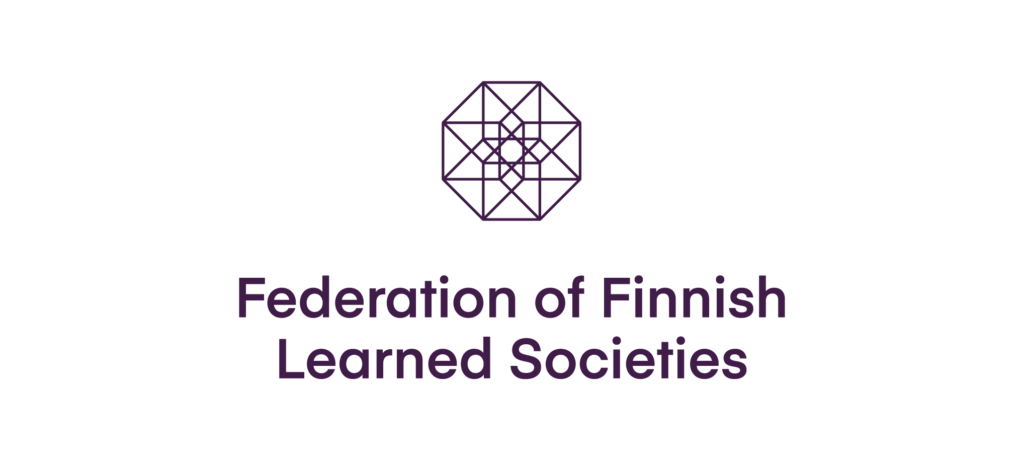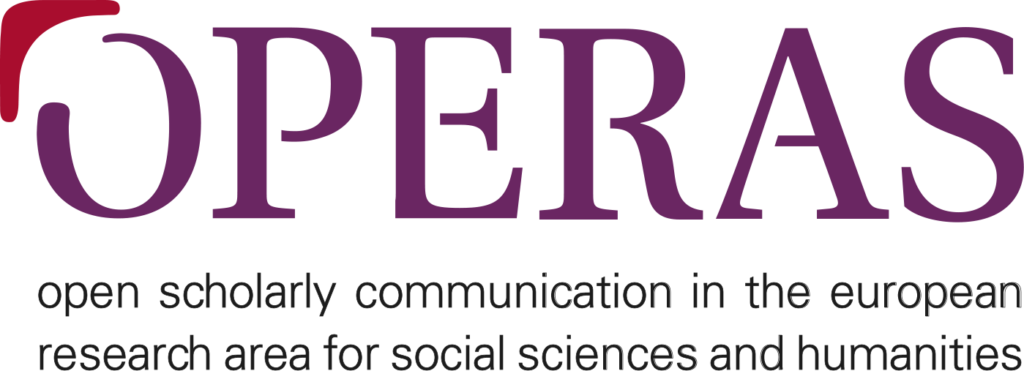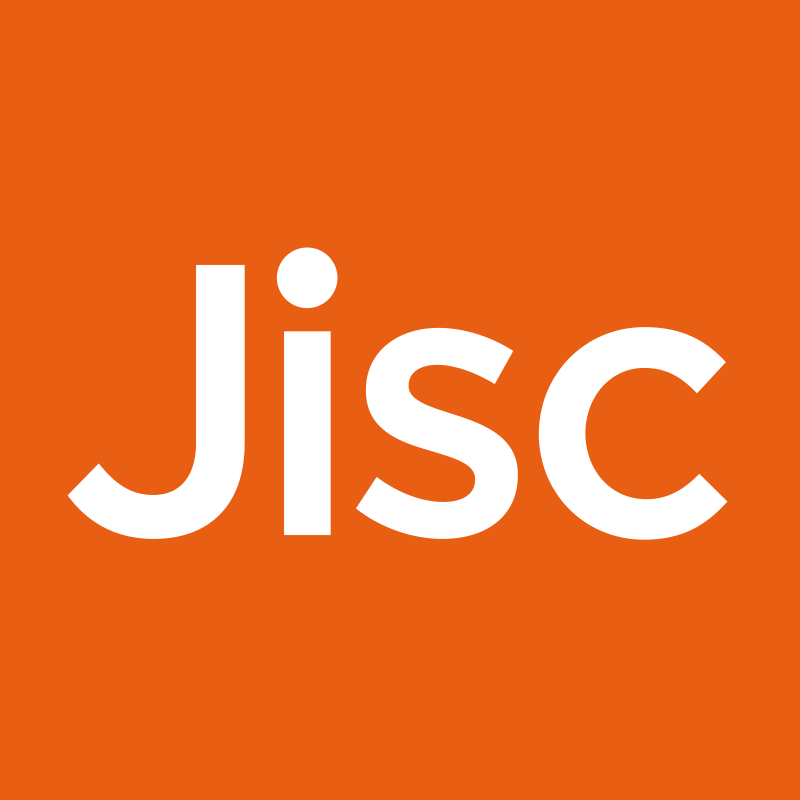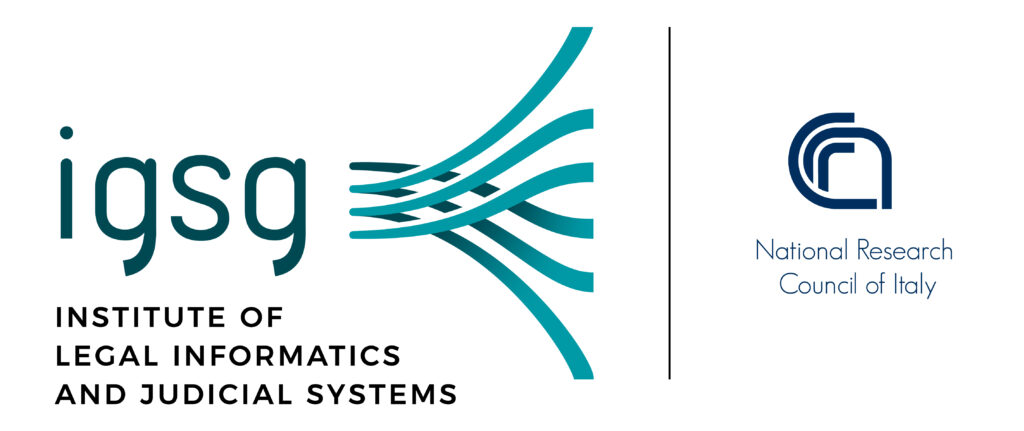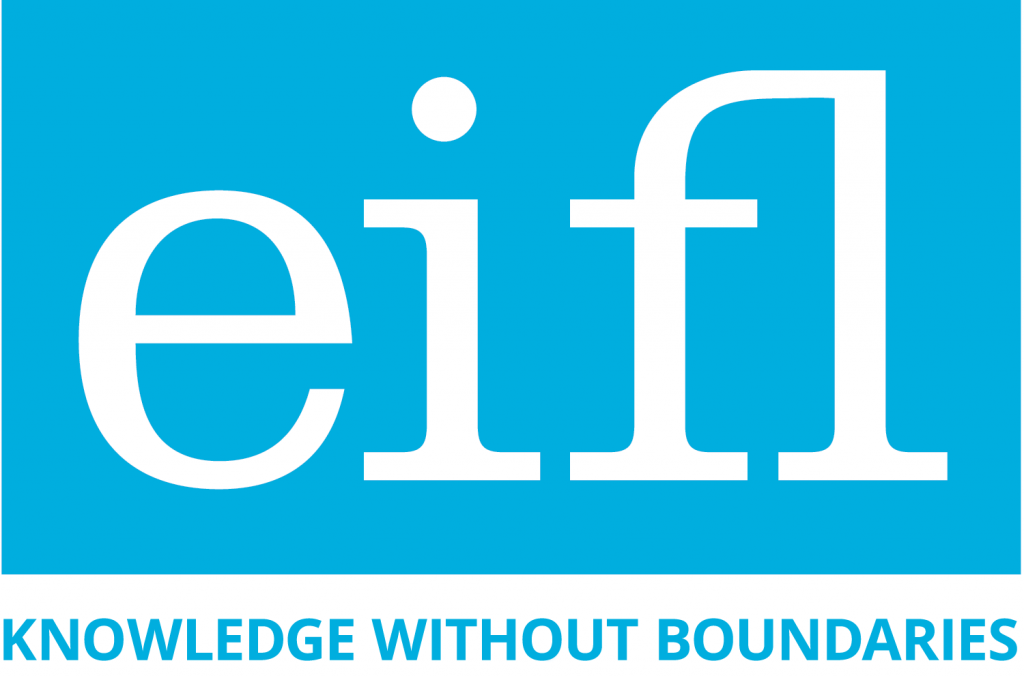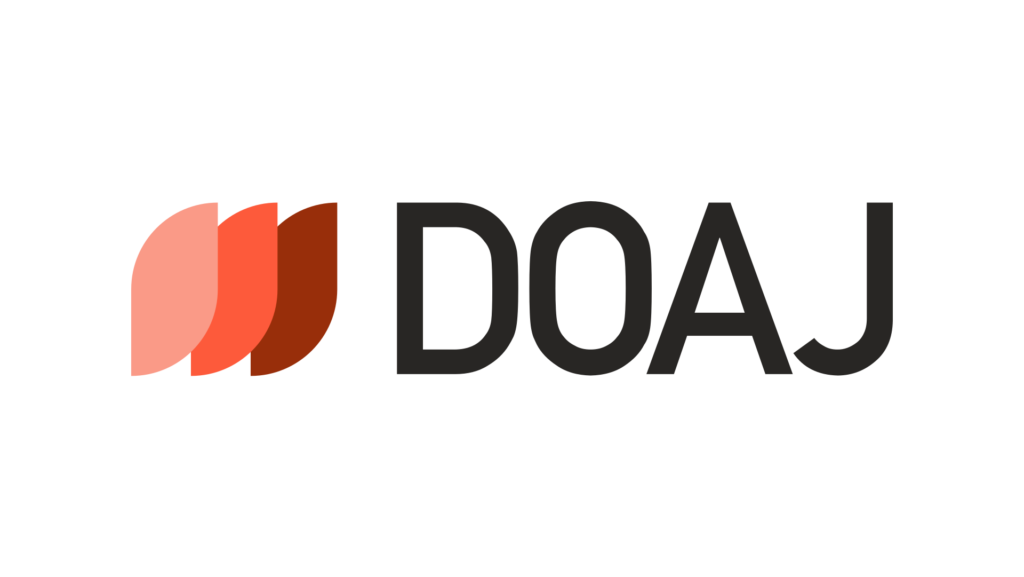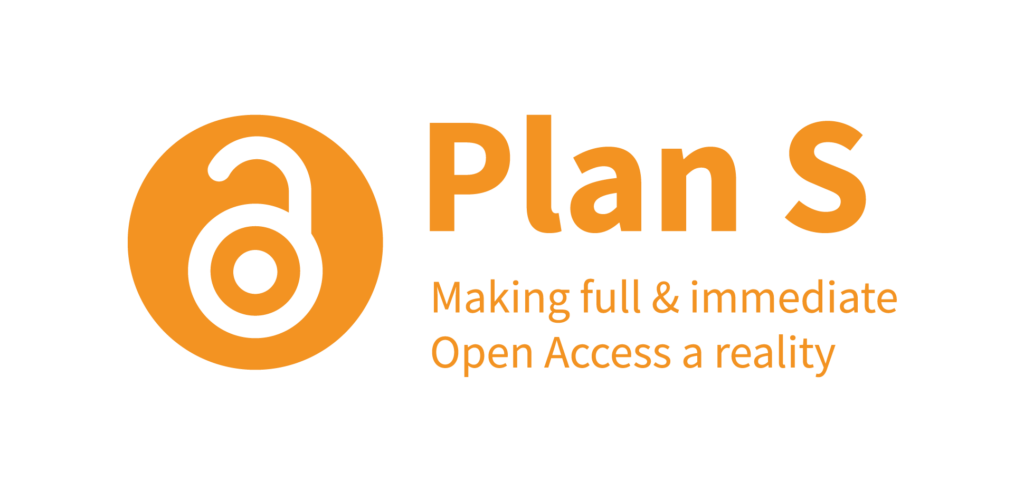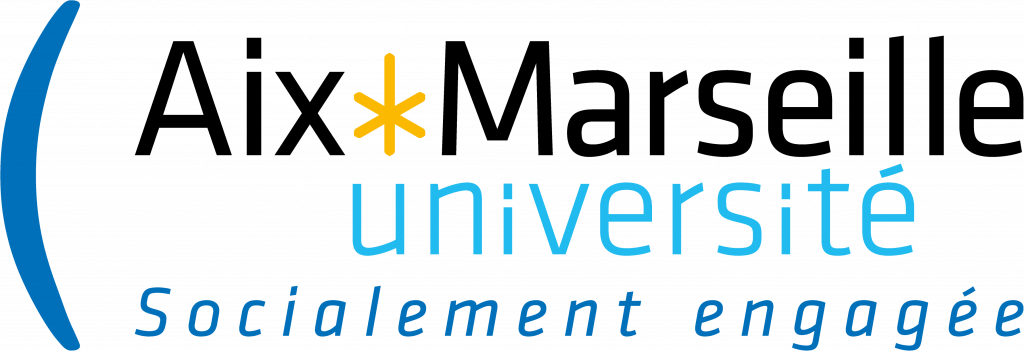Are you planning to launch a survey? Interested in ways to increase your response rate and the accuracy of data? Eager to raise awareness of your project and engage an audience? In this piece we look back at the various DIAMAS survey-a-thons. These events were a live experiment to support the completion of our OA Diamond survey. The results are mixed! We reflect on the merits and potential pitfalls of holding such events.
In April and May 2023, the Diamond Open Access and Institutional Publishing Landscape survey ran for around six weeks. The DIAMAS consortium decided to host a series of survey-a-thon events to support the survey completion during which respondents would complete the questionnaire in a live session hosted by project members. Several benefits were identified in this proceeding:
- The events were intended to increase responses to the survey and encourage people to block time in their calendar to complete the questionnaire.
- They would act as a contact opportunity for respondents to meet project members and to directly ask them questions about the survey as they are involved the project, its development and rationale, as well as they would troubleshoot potential issues along the way in many different local languages embracing inclusion and diversity.
- Each event would help raising awareness about DIAMAS and help start to build a community of IPSPs around the project – one of the project’s wider aims.
The Numbers
In total, 13 survey-a-thons, in 11 languages, took place, all organised and supported by the DIAMAS partners. Across these events, 255 participants attended.
The two most attended events were an event held in Spanish with 100 participants, and an event in Serbian with 60 participants. They had some similarities which goes some way to explaining their success:
- A strong and tightly knit community OA community already in place.
- A trusted and authoritative voice organising the event, helping to attract a larger audience of relevant respondents.
However, other events struggled to attract such an audience and in three cases planned events were cancelled due to a lack of sign-ups. Aa range of issues associated with the survey’s dissemination and promotion may explain this low attendance:
- The events took place in the time of several spring holidays, also competing with many other project deadlines.
- A survey fatigue has certainly prevailed, and event increased over time and in this context, if people do not recognise the project the likelihood of filling in yet another survey is diminished.
- Another challenge was likely that the new concept of a survey-a-thon was not known enough and the idea of having to attend a long event may have been off-putting in a busy period.
The Events
During each survey-a-thon, a DIAMAS presentation framed the session for the audience. Some hosts decided to walk through the questions live, others let the respondents work through the survey alone flagging questions if they arose. Irrespective of the number of participants attending the event, each event saw questions from the audience to which the hosts were able to provide genuinely helpful information. The audience also expressed gratitude that the events were available to support them. These comments led us to believe the events built some genuine affinity with the DIAMAS project.
In some cases, the survey-a-thon format morphed into a Q&A session: the host would be available on a video call for a two-hour period and invite respondents to answer questions during this time. This format offered a less time intensive option as the host could easily work in the background and troubleshoot if called upon.
We received feedback from some journals that they were delighted to be invited by DIAMAS project partner DOAJ to complete the survey and attend a survey-a-thon. Other institutional publishing service providers expressed that they had been grateful to have the opportunity to ask questions to the project, and to consider important questions for their organisations ahead of submitting the survey. All events resulted in survey responses. This case demonstrates how important planning, reviews, and effective dissemination can support event attendance.
Lessons learned
The timing of the events was not ideal – also – marketing a new type of event proved to be difficult in some cases. Certain members of the DIAMAS consortium worried that suvery-a-thons, designed toto support participants, may create an impression that the survey was inherently difficult, to the point that events were necessary for people to simply make it through the questions.
On a practical level, the survey-a-thon process was time-consuming. It needed slideshows, event descriptions, instructions for both organisers and hosts, intensive promotion, running the event, etc. Therefore, the low attendance of some sessions was disappointing. However, all feedback from respondents was overwhelmingly positive and having optional help reassured participants when tackling the survey’s 58 questions. The presentation of DIAMAS was also an effective way to build awareness around the project within the first year of our activities.
The survey-a-thon experiment fulfilled its purpose: increase in quality responses, help people through the questions, foster a sense of community, and awareness about DIAMAS. It is not clear how many of the 255 participants would have answered the survey without the live events; nevertheless, on reflection the events were a valuable tool for the survey, the project, and most of all, the community DIAMAS intends to serve!












